How to Style Men’s Clothing in the Tang Dynasty – Official Positions (Part 1)

Do you often find yourself struggling with what to wear the next day? Despite having a wardrobe full of clothes, as the seasons change, you just can’t seem to pick the perfect outfit. What if we were to travel back to the Tang Dynasty in China? How did those handsome young men and beautiful women dress up? Before talking about male hanfu, we first need to understand the official – rank system in the Tang Dynasty. Don’t underestimate this step, as it has a great deal to do with the clothing colors that men could choose.
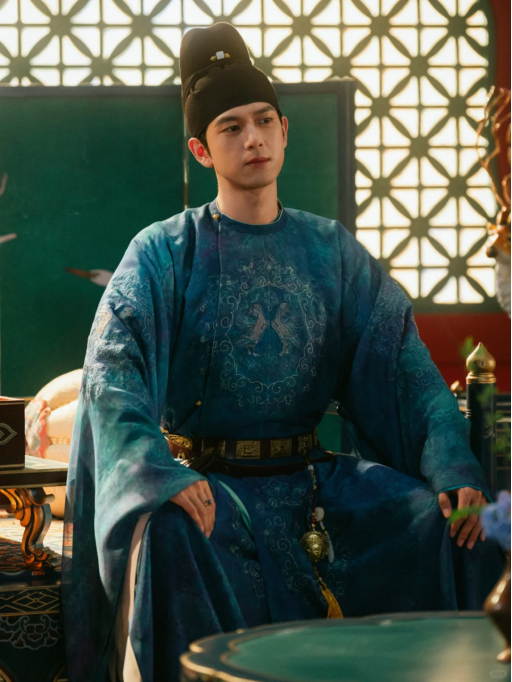
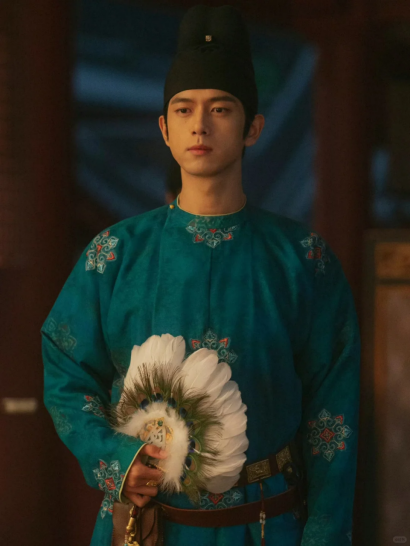
Ⅰ. The Historical Background
During this period, the Tang Dynasty was a unified nation with ethnic integration, booming economy, and prosperous culture, marking the golden age of China’s feudal society. At that time, the feudal rulers established a complete official – rank system, and we can infer the rank of their official positions based on the Hanfu they are wearing.
The main institutions of the central government in the Tang Dynasty, the “Three Departments and Six Ministries,” generally followed the “Three Departments and Six Ministries System” of the Sui Dynasty. The “Three Preceptors” (Grand Tutor/太师, Grand Mentor/太傅, and Grand Protector/太保) and the “Three Dukes” (Grand Commandant /太尉, Minister of Revenue /司徒, and Minister of Works /司空) were merely nominal titles with high status (Grade 1), usually without actual power and not always established. The “Three Departments and Six Ministries” were the real power – holding institutions.
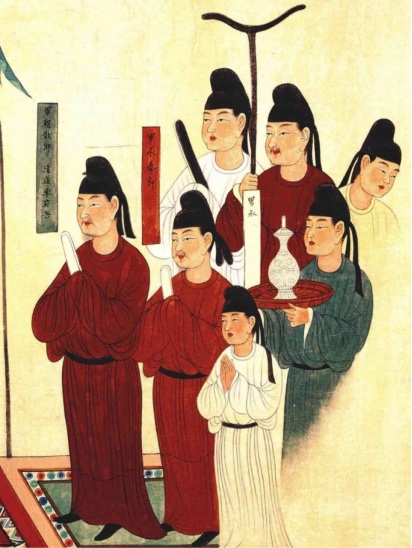
Ⅱ. The Department of Central Secretariat
The Department of Central Secretariat was the decision – making body. There were two Chiefs of the Department of Central Secretariat, initially at the third rank (later promoted to the second rank during Emperor Daizong’s reign). In the first year of the Longshuo era of Emperor Gaozong (661 AD), the Department of Central Secretariat was renamed the Western Secretariat, and the Chief of the Department of Central Secretariat was called the Right Prime Minister. In the first year of the Guangzhai era (684 AD), it was renamed the Phoenix Pavilion, and the Chief was called the Inner Scribe. In the first year of the Kaiyuan era (713 AD), it was renamed the Purple Tenuity Department, and the Chief was called the Purple Tenuity Chief. Later, it resumed its original name. The Chief of the Department of Central Secretariat was the top official of this department.
The opinions within the department were gathered by the Chief and the Deputy Chiefs, and then passed on to the Secretaries. These Secretaries would then draft imperial decrees according to the emperor’s will. The Secretary specifically responsible for writing the edicts was called the “Imperial Decree – Drafting Secretary”, and the other Secretaries also had to sign the imperial decrees. Among the Secretaries, the one with the most seniority was called the “阁老 (Senior Secretary)”, who was in charge of handling miscellaneous affairs of the department. The six Secretaries were each assigned to oversee one of the six ministries of the Department of State Affairs and assisted the prime ministers in handling cases. The Hanfu attire shown in the picture below was the basic clothing worn by men who served as officials in the imperial court at that time.
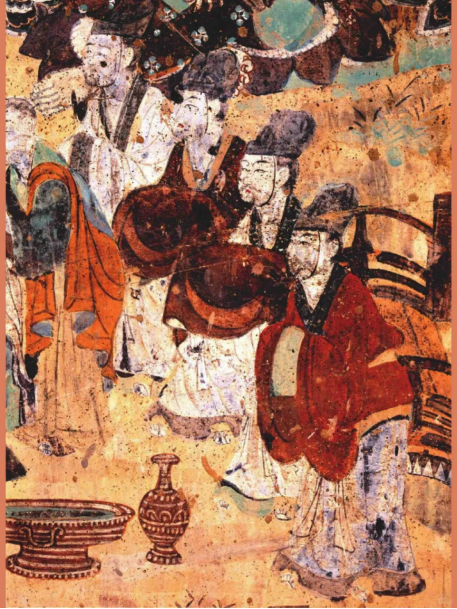
III. The Department of Chancellery
The Department of Chancellery was the deliberative body. As early as the Eastern Han Dynasty, the position of Chancellor was established, with a salary equivalent to two thousand dan. It belonged to the Palace Treasury. The responsibilities included attending to the emperor, guiding various affairs, answering inquiries, and when the emperor went out, accompanying him in the carriage. Originally, the Department of Chancellery was an attendant institution for the emperor. During the Southern and Northern Dynasties, its power gradually expanded. In the Northern Dynasties, policies often originated from this department, making it the core of the central government. During the Sui and Tang dynasties, it, together with the Department of Central Secretariat, held crucial affairs, discussed national policies, and was responsible for reviewing imperial edicts, signing official documents, and had the power to reject and return inappropriate ones.
There were two Chancellors as the heads of the department, initially at the third rank (promoted to the second rank during Emperor Daizong’s/代宗 reign). In the second year of the Longshuo (龙朔) era of Emperor Gaozong (高宗, 662 AD), the Department of Chancellery was renamed the Eastern Secretariat, and the Chancellor was called the Left Prime Minister. In the first year of the Guangzhai (光宅) era of Empress Wu (684 AD), the Chancellor was called the Receiver of Words. In the first year of the Chuigong (垂拱) era (685 AD), the Department of Chancellery was renamed the Phoenix – like Terrace. In the first year of the Kaiyuan era (开元, 713 AD), it was renamed the Yellow Gate Department, and the Chancellor was called the Supervisor. In the first year of the Tianbao era (天宝, 742 AD), the Chancellor was again called the Left Prime Minister.
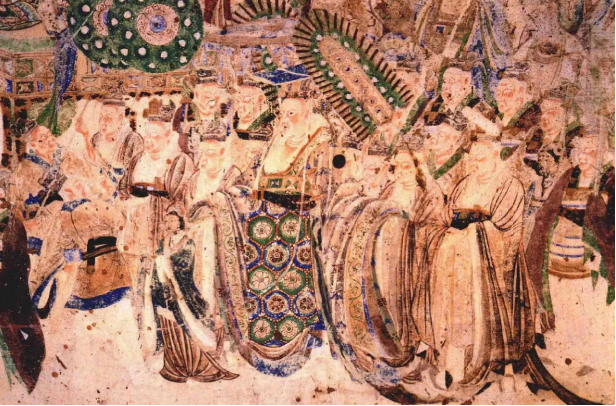
Ⅳ. The Department of State Affairs
The Department of State Affairs was the executive body, evolving from the imperial secretariat in the Han Dynasty. It served as the highest central administrative institution from the Wei and Jin dynasties to the Song Dynasty, and was one of the most powerful central government agencies. The organizational structure of the “Department of State Affairs” was finalized during the Sui Dynasty. Taking the Tang Dynasty system as an example, it consisted of six ministries: the Ministry of Personnel, the Ministry of Rites, the Ministry of War, the Ministry of Justice, the Ministry of Revenue, and the Ministry of Works, which supervised 24 bureaus including the Bureau of Personnel Affairs and the Bureau of Noble Titles.
The ministers of the six ministries were named after their respective “ministries”, while the officials at the bureau level were named after their respective “bureaus”. This department was responsible for implementing imperial edicts. In the second year of the Longshuo (龙朔) era of Emperor Gaozong (高宗, 662 AD), it was renamed the Eastern Secretariat. The position of Director of the Department of State Affairs was abolished. The head of the department was renamed Grand Master, and the Vice Minister (侍郎) was renamed Junior Master (少常伯). In the first year of the Guangzhai era of Empress Wu Zetian (武则天,684 AD), it was renamed the Wenchang Terrace (文昌台), and soon after, it was changed to the General Office of Wenchang (文昌都省). In the first year of the Chuigong era (垂拱,685 AD), it was called the General Secretariat, and in the third year of the Chang’an era (长安,703 AD), it was called the Central Secretariat.
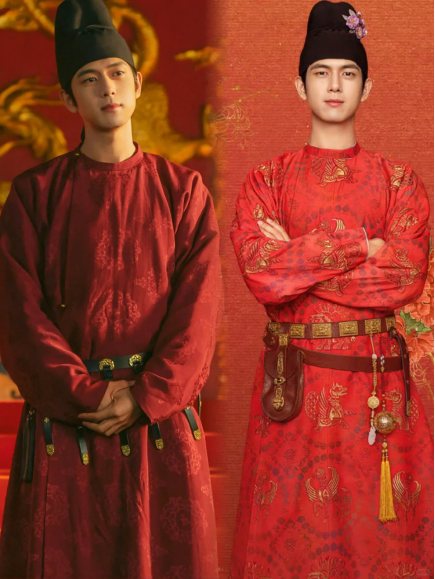
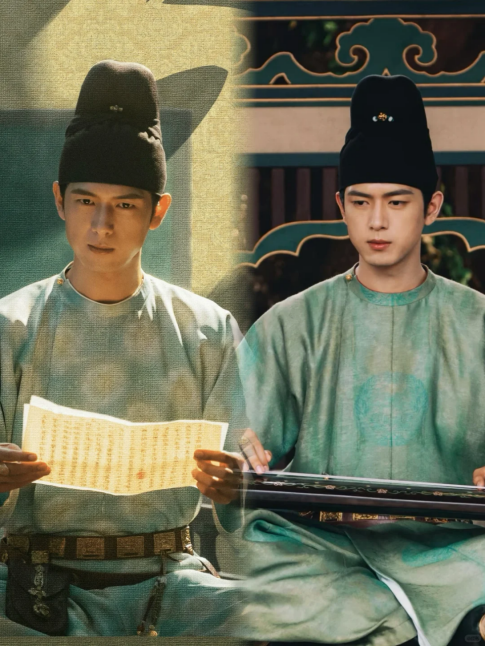
V. Responsibilities of the Six Ministries
The six ministries refer to the Ministry of Personnel, Ministry of Revenue, Ministry of Rites, Ministry of War, Ministry of Justice, and Ministry of Works, which are subordinate to the Department of State Affairs. Each ministry has four bureaus, totaling twenty – four bureaus. Since the Sui Dynasty, the six ministers have been in charge of national affairs in a fixed pattern. Each ministry has a minister as the highest – ranking official, responsible for overall management of the ministry’s affairs.
Briefly, the Ministry of Personnel (吏部) is in charge of the appointment, assessment, promotion, demotion, and transfer of all officials in the country. The Ministry of Revenue (户部) manages household registration and finance. The Ministry of Rites (礼部) oversees national school affairs, imperial examinations, and interactions with vassal states and foreign countries. The Ministry of War (兵部) is responsible for selecting military officers, military registers, armaments, and military orders. The Ministry of Justice (刑部) is the agency in charge of national penal policies and the review of criminal cases. The Ministry of Works (工部) , established in the second year of the Kaihuang (开皇) era of the Sui Dynasty, manages construction projects, artisans, garrison – farming, and water conservancy.
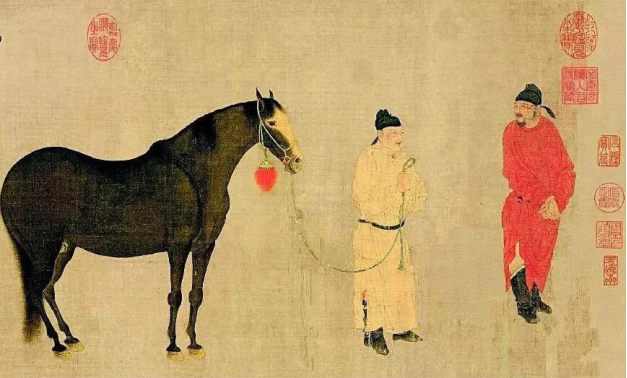
The system of three departments and six ministries was a result of strengthening centralization. Decision – making, deliberation, and administration were respectively assigned to the three departments, all under the emperor’s control, meeting the needs of autocratic emperors to strengthen their rule. At the same time, it also had the positive effects of pooling wisdom, being cautious in issuing orders, and improving administrative efficiency.
In addition to the three departments and six ministries, among the central judicial and administrative departments, there are also nine institutions such as the Censorate, the Supreme Court (大理), the Court of Imperial Clan Affairs (宗正), and the Court of the Imperial Stud (太仆), as well as five directorates including the Imperial Academy (国学), the Bureau of Imperial Household (少府), the Directorate of Construction (将作), and the Directorate of Armaments (军器).
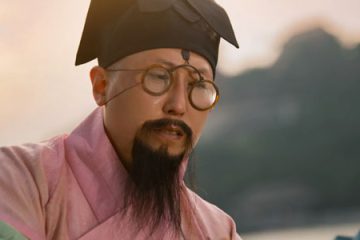
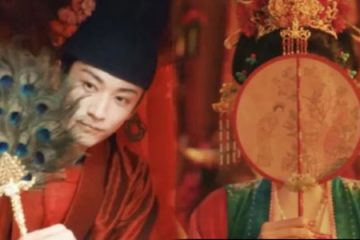
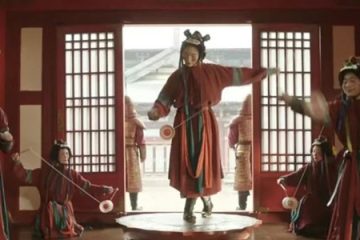
0 Comments